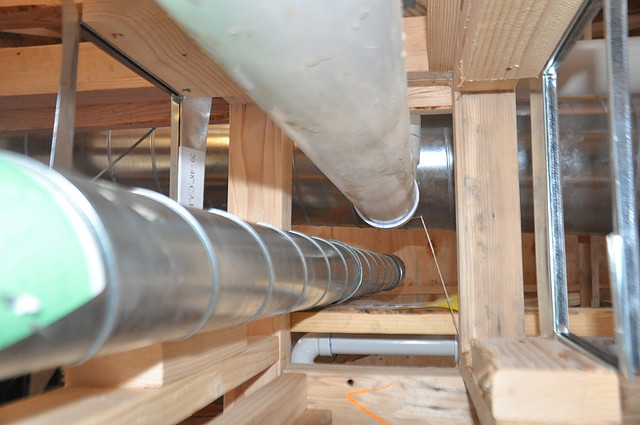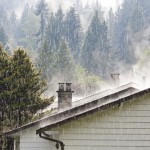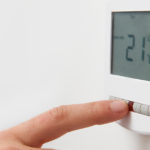
Did you know radon is a threat all homebuilders should be aware of? It is the second leading cause of lung cancer in Canada, and is present at dangerous levels in thousands of homes across North America. Radon is a radioactive gas that occurs naturally as part of the decay process of minerals found in the ground. It enters houses in a variety of ways, and is odorless, tasteless, and completely invisible.
Health Canada surveys reveal about seven per cent of homes across the country contain a threatening buildup of radon gas. That’s about one in every 14 houses. In some regions, those rates can increase close to 40 per cent. Manitoba, New Brunswick, Saskatchewan, and the Yukon had the highest rates among provinces and territories, although no health regions nation wide could boast being radon free.
The good news is that the problem can be addressed relatively easily, and inexpensively. The most common solution is active sub-slab depressurization – essentially a fan that pulls radon from below a building and exhausts it to the outside. Radon is always present in the outdoor environment, and concentrations of the gas quickly dissipate once it escapes a building.
Determining if a home has a radon problem takes time, but the tests are relatively simple.
Radon test kits can be purchased for individual use, or a certified radon professional can be brought in to take the measurements. Health Canada recommends any testing program be carried out over at least a three-month period to ensure you are not recording an intermittent spike in radon levels. Radioactivity is measured in units known as becquerel (Bq) and the guidelines suggest any average concentration above 200 Bq per cubic metre is too high.
If a dangerous radon issue is detected, address it immediately. As mentioned earlier, an active sub-slab depressurization system is the most likely solution. It entails drilling a hole, or multiple holes in to the ground beneath the foundation slab the house is resting on. A pipe is then inserted into the hole, and a fan is used to help draw radon safely up to ground level and outside, or out of the home through the roof.
A well designed, plastic wall or roof vent should then be used to ensure a tight seal with the building envelope, and a durable exit point for the radioactive gas.
Most of us have never even considered the possibility of radon in our homes. Construction professionals across North America are in a fantastic position to help raise awareness of the associated risks. Encouraging families to test their living spaces for radon could lead to life-saving decisions.



